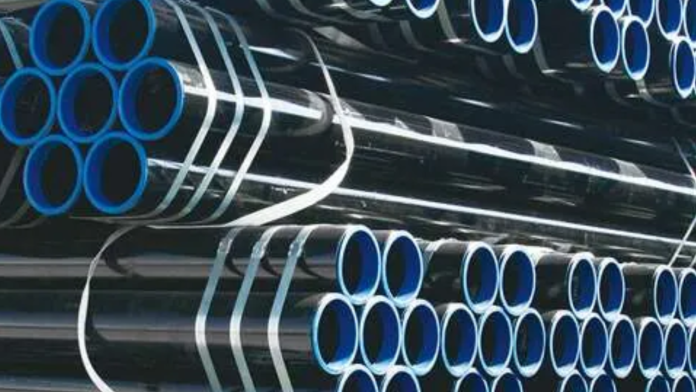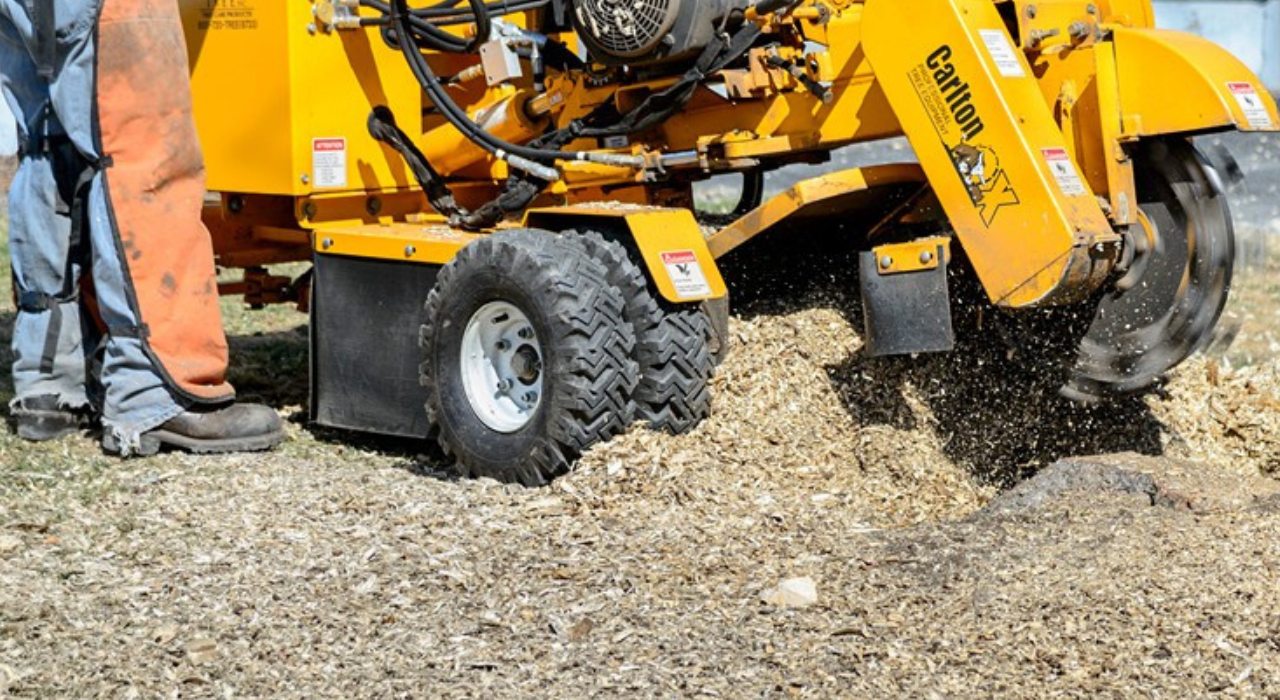Oil country tubular goods (OCTG) contain an imperative set-up of steel pipes for the examination, entering, and extraction processes in the oil and gas industry. Comprising tubing, casing, and couplings, those merchandise function as the backbone of secure and efficient property operations. Governed by the rigorous API 5CT, OCTG objects undergo comprehensive scrutiny to ensure adherence to paramount standards of quality and protection.
API 5CT meticulously outlines requirements spanning material integrity, dimensional precision, robustness, threading accuracy, and stringent trying-out protocols. This generally acts as a beacon for manufacturers, setting benchmarks that prioritize reliability and performance. By encompassing such stringent criteria, API 5CT cultivates a landscape where OCTG merchandise isn’t only effective and reliable but also conducive to the disturbing environments encountered in petroleum operations.
Via API 5CT, the enterprise upholds a commitment to excellence, fostering self-assurance in the reliability and safety of OCTG additives. These guidelines not only assure conformity to established norms but also facilitate innovation and continual development within the quarter. Thus, octg guided by the API 5CT standard, stands as a testament to the unwavering dedication to excellence and protection within the oil and gas domain, ensuring the integrity and efficiency of good operations globally.
Main Types Of OCTG Pipes
The OCTG pipes are available in diverse kinds, each tailored to particular applications and operating conditions. In this article, we delve into the principal types of OCTG pipes, their characteristics, and standard utilization eventualities.
Casing Pipes
Casing pipes are essential additives in oil and gasoline wells, serving to line the borehole and provide structural integrity. They save you from falling apart from the wellbore, isolate different formations, and manage nice pressures. Casing pipes are to be had in different grades, sizes, and determinations to look up to the exact and requesting circumstances of penetrating and manufacturing activities. They’re intended to stand up to corrosion, disintegration, and mechanical stresses experienced in cruel downhole conditions, guaranteeing the well-being and execution of oil and gas extraction techniques.
Tubing Pipes
Tubing pipes are fundamental for transporting oil, fuel, and various liquids from the repository to the floor in oil and gas wells. Unlike casing pipes, tubing pipes are more modest in diameter and are exposed to inward pressure. They should withstand bending, compression, and tension forces all through manufacturing operations. Tubing pipes come in distinct grades and configurations to suit various proper conditions and production necessities, ensuring efficient fluid glide and facilitating various downhole interventions for ideal reservoir control.
Drill Pipes
Drill pipes are fundamental parts of the drilling string utilized in oil and fuel investigation and production. They transmit drilling fluid to the drill bit, provide weight for bit penetration, and help in disposing of cuttings from the wellbore. Drill pipes require high electricity, stiffness, and resistance to fatigue and corrosion to resist the annoying drilling environment. Typically manufactured from alloy steels, drill pipes undergo rigorous inspection and testing to ensure reliability and overall performance in hard downhole conditions, facilitating green drilling operations.
Line Pipes
Line pipes are vital for transporting oil, gasoline, and other hydrocarbons over lengthy distances from manufacturing websites to refineries, distribution facilities, and end-users. Designed to face up to excessive pressure, temperature fluctuations, and outside environmental elements, line pipes are available in various grades, sizes, and coatings. They ensure the safe and efficient transportation of hydrocarbons, supporting the integrity of the complete electricity supply chain. Line pipes undergo stringent and satisfactory control measures to meet regulatory standards and ensure reliability in various running situations.
Conclusion
OCTG pipes embody a diverse variety of merchandise tailor-made to meet the annoying necessities of the oil and gas enterprise. From casing and tubing pipes that line and ship hydrocarbons to drill pipes that facilitate the drilling method, every type serves a selected function within the exploration, manufacturing, and transportation of oil and gas assets. With knowledge of the characteristics and programs of various OCTG pipe types, operators can optimize well performance, provide protection, and mitigate operational dangers in tough environments.













